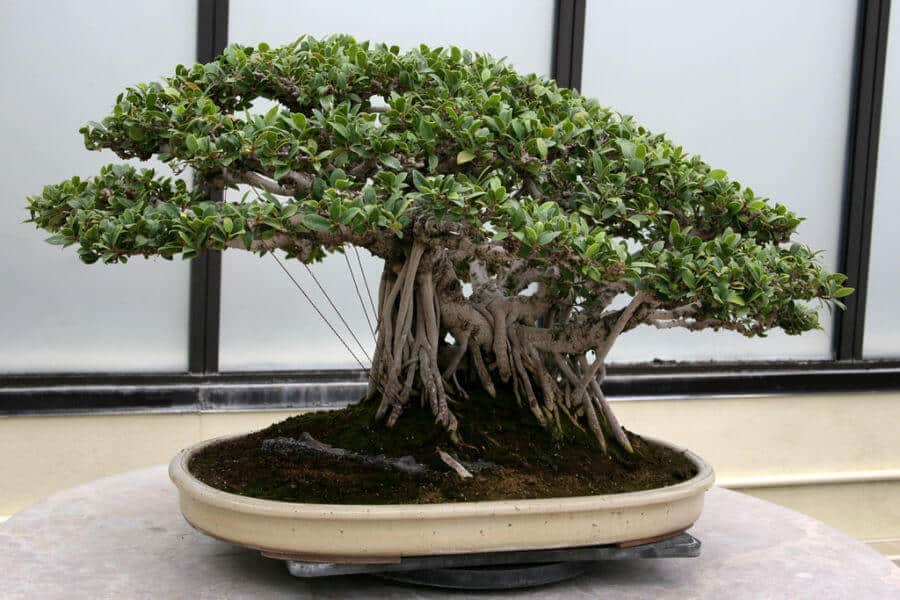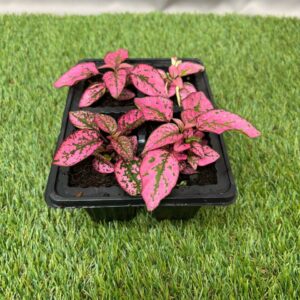Indoor Plants: Growing a Ficus Tree
Indoor plant tips

Ficus trees are a common plant in the home and office, mainly due to the fact that they look like a typical tree with a single trunk and a spreading canopy. But for all of their popularity, ficus plants can be finicky. However, if you know how to care for a ficus tree, you’ll be better equipped to keep it healthy and happy in your home for years.
What we refer to as a ficus is technically a weeping fig. It’s a member of the Ficus genus of plants, which also includes rubber trees and fig fruit trees. But when it comes to houseplants, most people refer to a weeping fig (Ficus benjamina) simply as a ficus.
Ficus trees can maintain their tree-like shape regardless of their size, so this makes them ideal for bonsais or for massive houseplants in large spaces. Their leaves can be either dark green or variegated.
Growing ficus indoors
Most ficus trees enjoy bright indirect or filtered light with variegated varieties happily able to take medium light. Bright, direct light may result in scalding of the leaves and leaf loss.
Ficus trees also cannot tolerate low temperatures or drafts. They need to be kept in temperatures above 16°C and actually prefer temperatures above 21°C. Cold drafts from windows or doors will harm them, so make sure to place them somewhere where drafts will not be an issue.
How to care for a ficus tree
When growing ficus indoors, it is important to maintain a relatively high humidity around the plant. Regular misting or setting the ficus tree on a pebble tray filled with water is a great way to increase their humidity, but keep in mind that, while they like high humidity, they do not like overly wet roots. Therefore, when watering, always check the top of the soil first. If the top of the soil is wet, do not water as this means they have enough moisture. If the top of the soil feels dry to the touch, this indicates that they need water.
Ficus plants are rapid growers and require plenty of nutrients to grow well. You will need to fertilise once a month in the spring and summer and once every two months in autumn and winter.
Common problems when caring for a ficus plant
Almost everyone who has owned a ficus tree has asked themselves at some point “Why is my ficus tree dropping its leaves?” A ficus tree losing its leaves is the most common problem these plants have. Leaf drop is a ficus tree’s standard reaction to stress, whether it’s from any of the following:
- Underwatering or overwatering
- Low humidity
- Too little light
- Relocation or repotting
- Drafts
- Change in temperature (too hot or cold)
- Pests
Ficus are also prone to pests such as mealybugs, scale and spider mites. A healthy ficus tree will not fall prey to these problems, but a stressed ficus tree (likely to be losing leaves) will develop a pest problem quickly. “Sap” dripping from a ficus houseplant, which is actually honeydew from an invading pest, is a sure sign of an infestation. Treating the plant with a systemic insecticide is a good way to handle any of these pest issues.
You might also like
Shop online
-
- Sale!
MINI ADULT 2KG
- Original price was: R348.99.R279.19Current price is: R279.19.
- Add to cart Learn More




